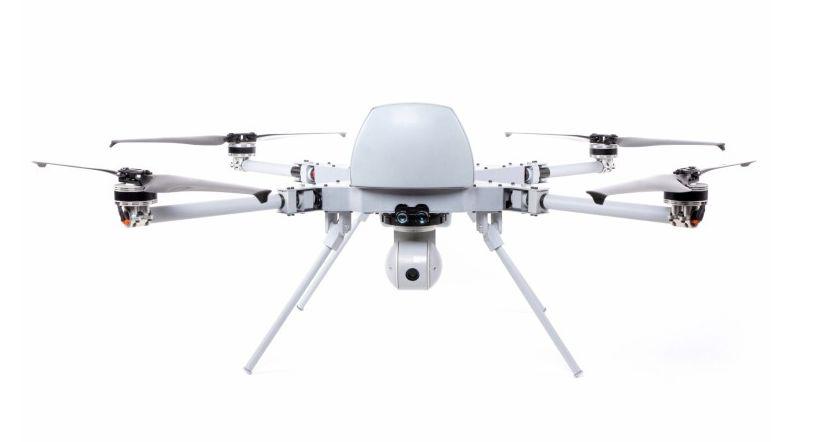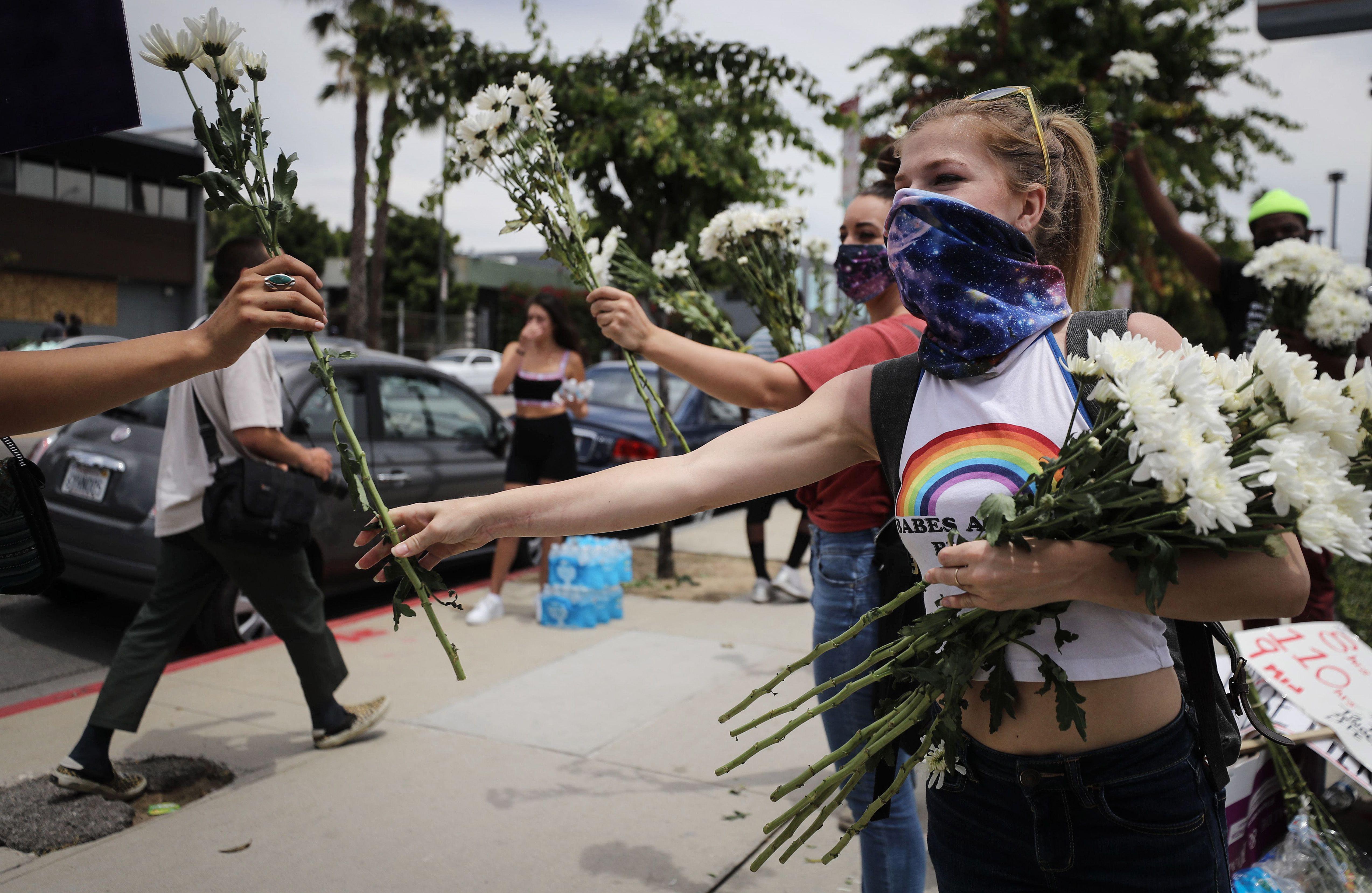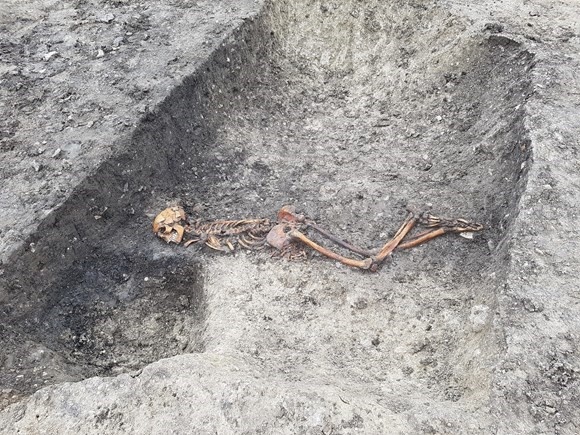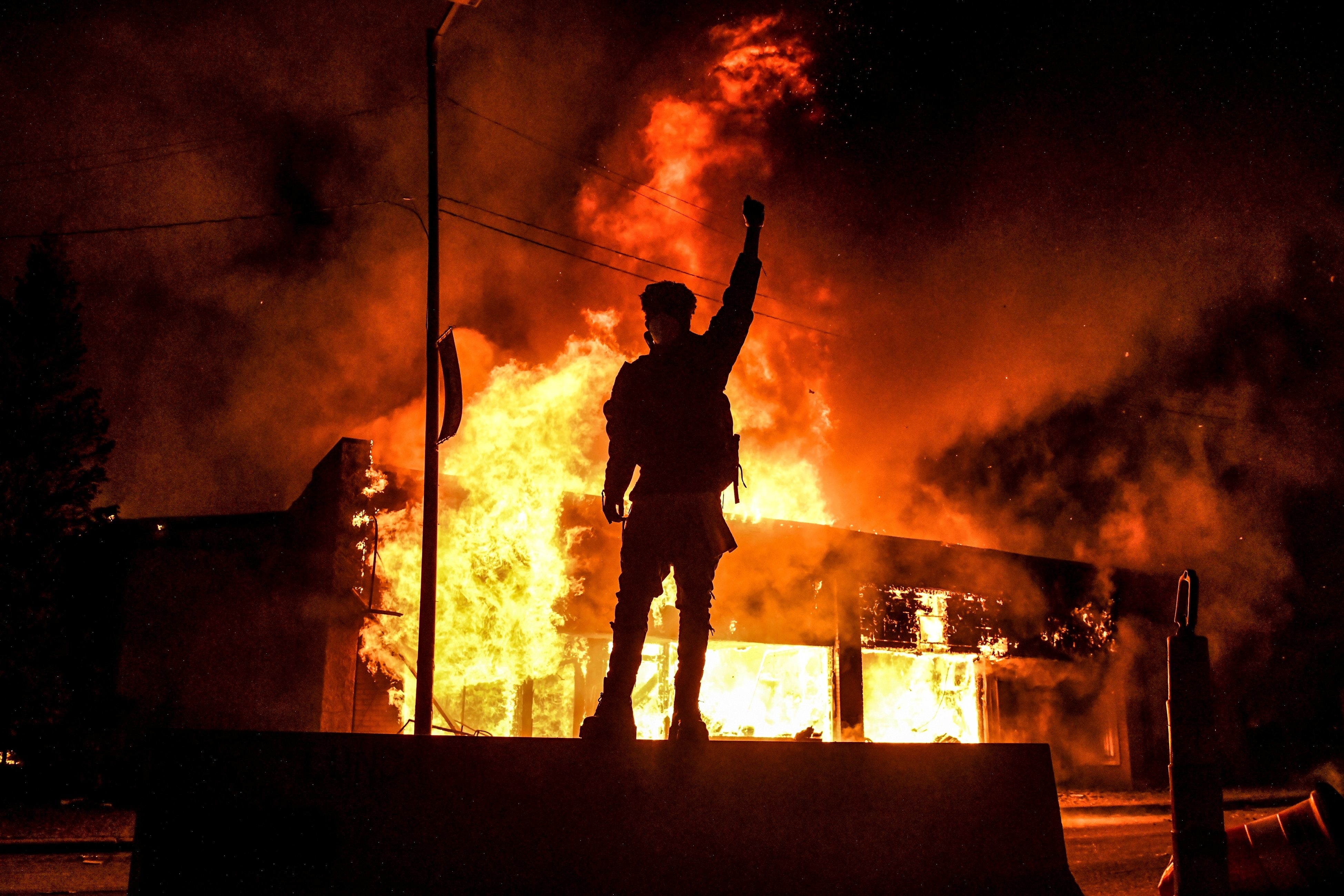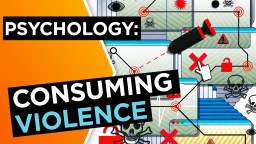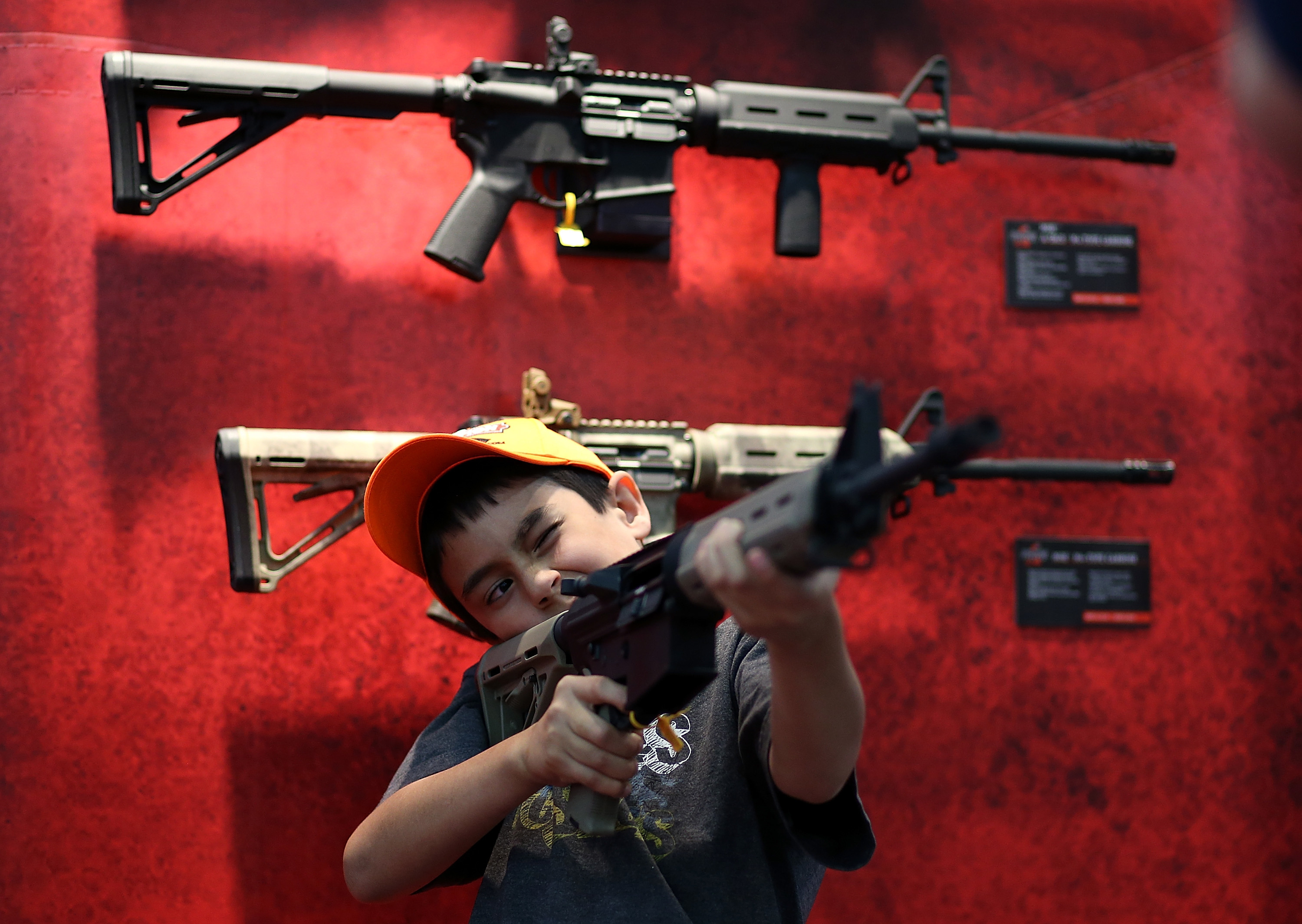violence
The Bomber Mafia nearly changed the world—and you’ve likely never heard of them.
▸
10 min
—
with
A brief passage from a recent UN report describes what could be the first-known case of an autonomous weapon, powered by artificial intelligence, killing in the battlefield.
A recent study used fMRI to compare the brains of psychopathic criminals with a group of 100 well-functioning individuals, finding striking similarities.
The world’s 10 most affected countries are spending up to 59% of their GDP on the effects of violence.
“Large-scale indiscriminate killing is a horror that is not just a feature of the modern and historic periods, but was also a significant process in pre-state societies,” the researchers wrote.
How different people react to threats of violence.
Remedies must honor the complex social dynamics of adolescence.
A new study shows that beauty standards affect whether or not accusers are believed.
A large-scale meta-analysis aims to disprove the notion that pornography consumption causes sexual aggression and violence.
To war is human – and Neanderthals were very like us.
This week, Big Think is partnering with Freethink to bring you amazing stories of the people and technologies that are shaping our future.
▸
6 min
—
with
What responsibility should government authorities and Big Tech take in policing the spread of sedition-oriented content?
Acorn woodpecker battles over prized territory are serious business.
By projecting lifetime risk, an alarming new medical study centers the human lives that will be lost due to gun violence and drug addiction in the United States.
Several experts have weighed in on our sometimes morbid curiosity and fascination with true crime.
A man’s skeleton, found facedown with his hands bound, was unearthed near an ancient ceremonial circle during a high speed rail excavation project.
The banality-of-evil thesis was a flashpoint for controversy.
Three scientists examine three dimensions of psychopathy: neurological, social, and criminal.
▸
12 min
—
with
Can researchers use data science to accurately predict the future?
Expert opinion is divided on how effective riots can be on causing social change. However, these five examples show they can do something.
Over 800 prisoners in Texas relate their experiences.
Edinburgh University project geo-locates victims of Scottish ‘witch-prickers’ in the 16th and 17th century.
A study reveals these brains exhibit less cortical surface area and gray matter.
A deeper look at what happens in the first 2 years after experiencing sexual trauma.
University of Utah research finds that men are especially well suited for fisticuffs.
Researchers confirmed that the mummy known as Takabuti died from a stab wound to the back.
Can our bodies tell the difference between recorded violence and real life danger?
▸
2 min
—
with
So why should we keep using them?
A second step is to determine where violence concentrates and who is most at risk.
In Talking to Strangers, Malcolm Gladwell discusses the concept of coupling.

